9/8
The Diverse Uses of Bioplastics
Take a look around you – how many items can you see that are made of plastic? There may be more than you realize. Plastic is a part of our everyday lives, found in everything from apparel to building materials to medical supplies and more. But exciting scientific advancements have made it possible to create plastic from plants. In fact, bioplastics may already appear in some of the consumer products you already use!
Increased adoption of bioplastic products will support a shift to a more circular economy and bring a greener future to our planet. In this blog, we’ll explore various uses of bioplastics – but first, let’s break down what bioplastics are.
What are Bioplastics?
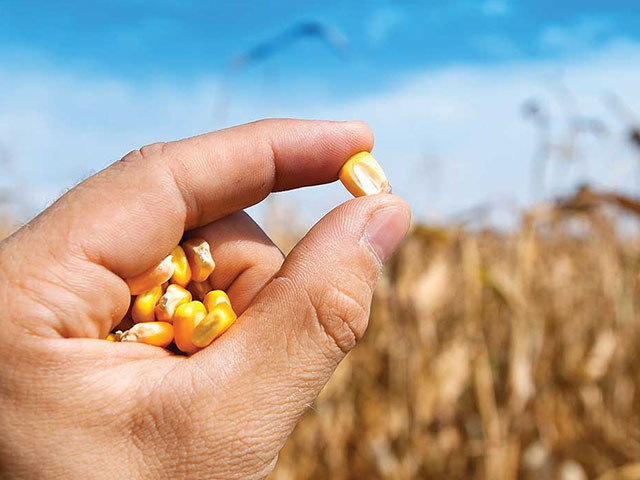
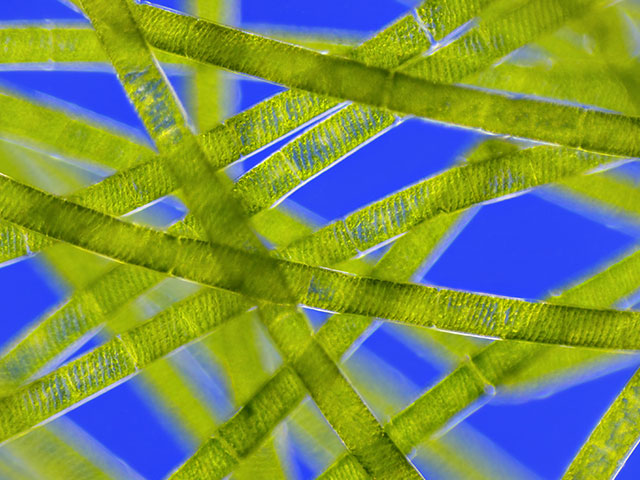
Bioplastics, to put it simply, are plastics derived from renewable biological inputs, such as algae, hemp, or corn, instead of from fossil fuel. These feedstocks can be used to create a variety of plastic resins, which in turn are used to create different products. These bioplastics can function identically to traditional, fossil fuel-based plastics or provide unique functionality. At the end of their useful life, they can be disposed of through a variety of methods depending on the specific resin like commercial composting or traditional recycling.
Most Common Types of Bioplastics
One way to categorize bioplastics is by the feedstocks used to make them. Starch-based bioplastics are derived from plants rich in starch like corn, rice, or potatoes and can be used to manufacture numerous products like yard and kitchen bags, food service disposables, and various types of packaging that can be compostable. PBPC member GreenDot has even developed a compostable, starch-based bioplastic used in cell phone cases.
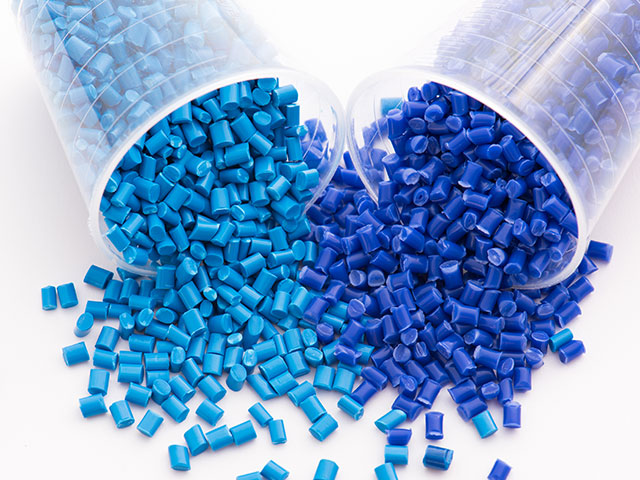
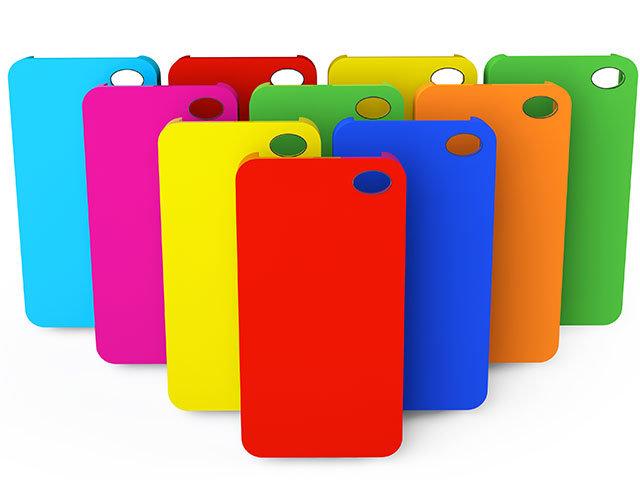
Cellulose-based bioplastics are produced using cellulose esters and cellulose derivatives, such as from wood or hemp. These create everything from thermoplastics to eyeglass frames to electronics to sheets and more. There are even bioplastics that can be chemically identical to their traditional counterparts, except they’re derived from plants rather than fossil fuel. Bio-based polyethylene is one example of these bio-based alternatives that you can find in many different products like crates, trays, beverage bottles, and caps for food packaging.
Benefits of Bioplastics
Not only do traditional plastics come from fossil fuels, but 90% of plastics are never recycled. This means plastic contributes to greenhouse gas emissions while filling up our landfills and polluting our environment. Not only can bioplastics help address these issues, but they bring a number of additional benefits, including:
- Reduced overall carbon footprint
- Improves circularity
- Reduced fossil fuel consumption
- Versatile end-of-life options
- Same or better functionality from traditional plastics
- Sometimes lower energy use in production
- Provides an economic boost to the U.S. bioeconomy
Bioplastic Products
The good news is bioplastics are already present in so many areas of our lives. Check out some of the top sectors that are already taking advantage of the benefits of bioplastics.
Packaging (Flexible & Rigid)
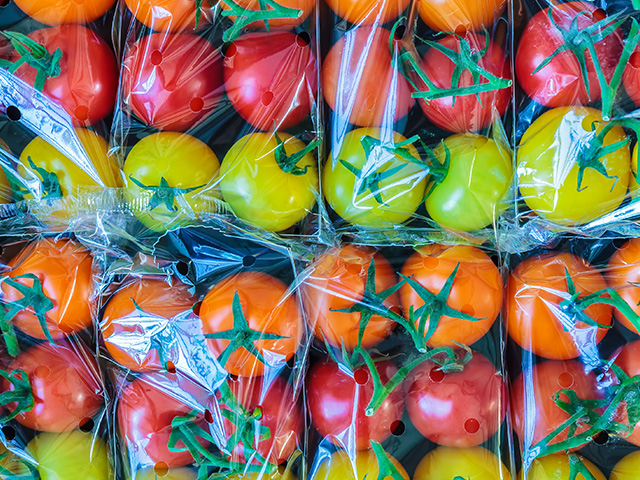
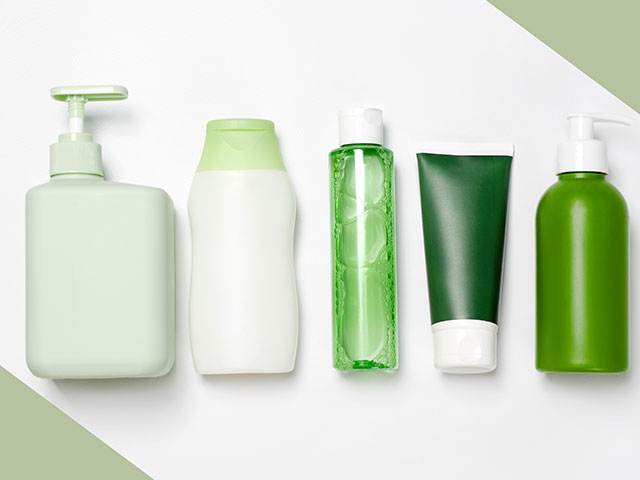
The largest segment of the bioplastics industry is packaging, consisting of nearly one half of the total market in 2021. Bioplastics made for packaging are used to protect organic food, like produce, or for beverage bottles, cosmetic packaging, and more. These products are becoming more and more mainstream – PBPC member PepsiCo even produces a bottle made entirely from bioplastics. Packaging made from bioplastics is comparable in quality to traditional plastics and sometimes is even better.
Foodservice Ware
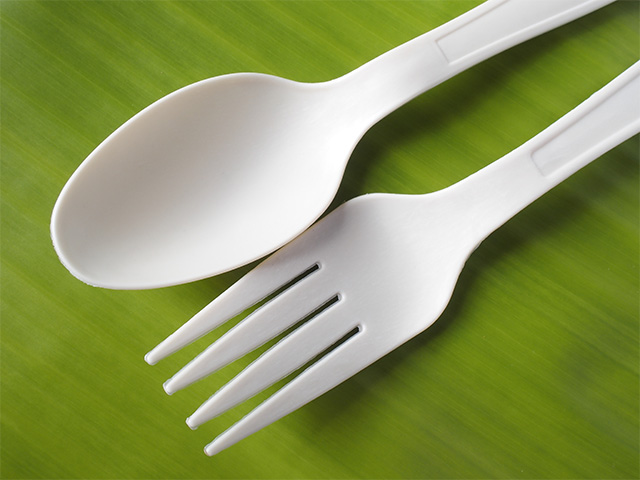
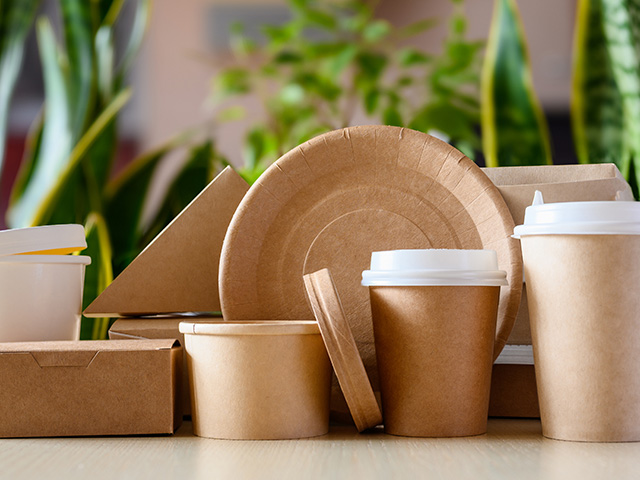
This segment of the bioplastics market is one we commonly see today – in single-use and reusable products. Some examples of bioplastic foodservice ware uses include cups, trays, plates, cutlery, and more.
Agriculture & Horticulture
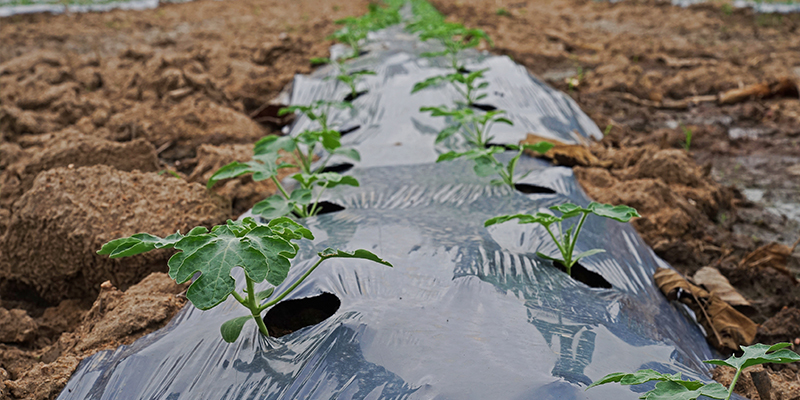
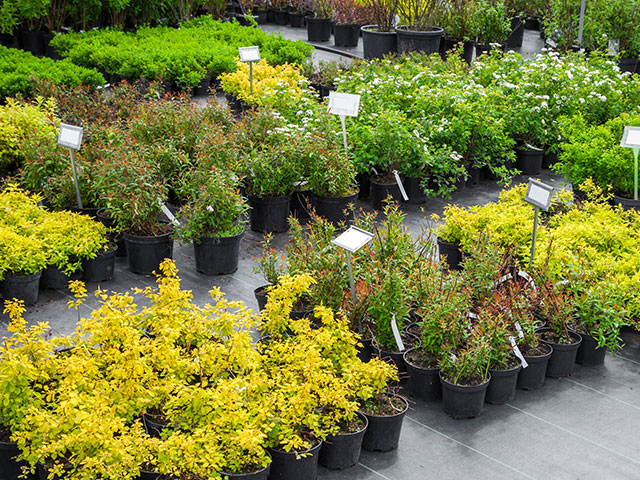
Bioplastics are an important opportunity for more sustainable agricultural practices. One of the largest uses of bioplastics in agriculture is for biodegradable mulch films. These present a more environmentally friendly option compared to traditional mulch films, which must be pulled out of the field, often taking along value soil, and are usually incinerated. Instead, biodegradable mulch film can be plowed into a field after use. Additional examples of bioplastics in the agriculture industry include plant pots, plant fasteners, films to protect produce trees, and more.
Consumer Electronics


Like many consumer products, electronics such as cell phones and laptop computers are made using plastics to keep them lightweight and durable. Electronics manufacturers with an eye towards sustainability are increasingly incorporating bioplastics into their products instead to get those same characteristics through a greener method. You can find them in computer keyboards, loudspeakers, vacuum cleaners, and more.
Automotive & Transport
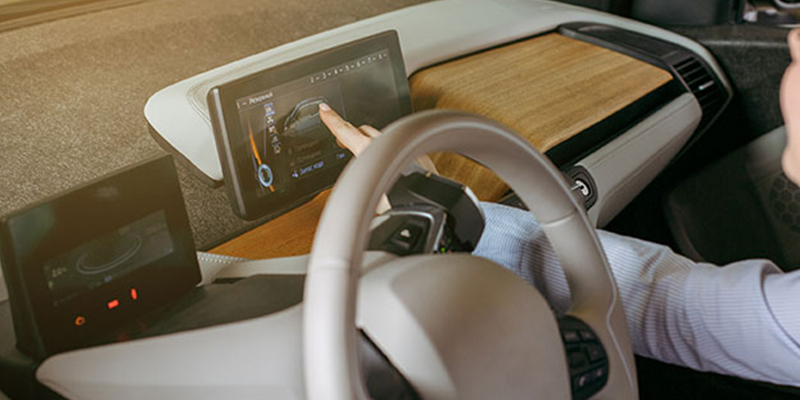
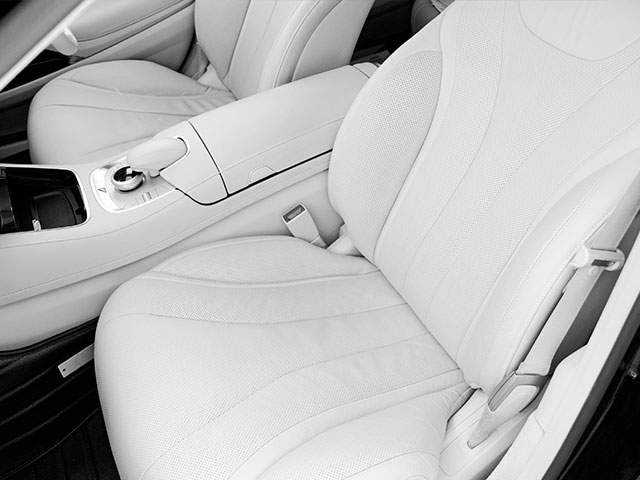
Bioplastics can also be found in interior and exterior car parts. Thanks to their durability, some bioplastics are sturdy enough for car components such as seats, airbag covers, and steering wheels.
In order to fully reap the benefits of bioplastics, especially compostable bioplastics, we need better infrastructure to take advantage of their different end-of-life options. With better labeling of bioplastics, consumers and composting and recycling facilities will be able to identify and properly sort them to the correct disposal method. And with more access to composting and recycling facilities, especially in rural communities, our country can take full advantage of the innovations of bioplastics.
You Can Support The Circular Bioeconomy
Congress is actively working to improve our country’s recycling and composting infrastructure, which will help increase adoption of bioplastics. While the Senate has already passed legislation to create a more circular bioeconomy, these bills are still on hold in the House of Representatives. Send a letter to your Representative today to help make a difference!
